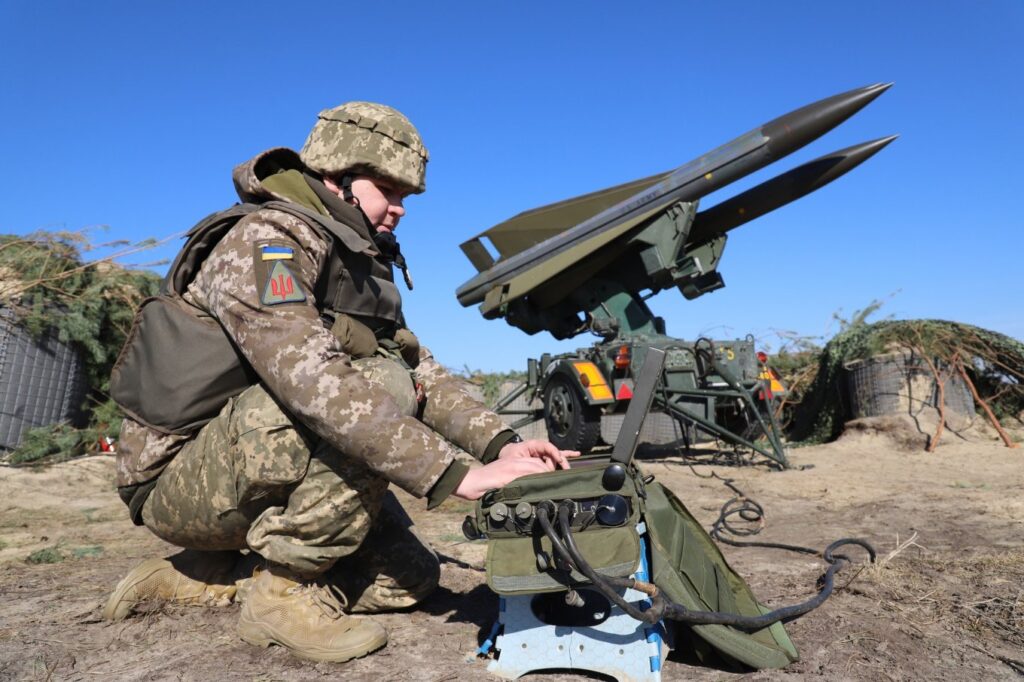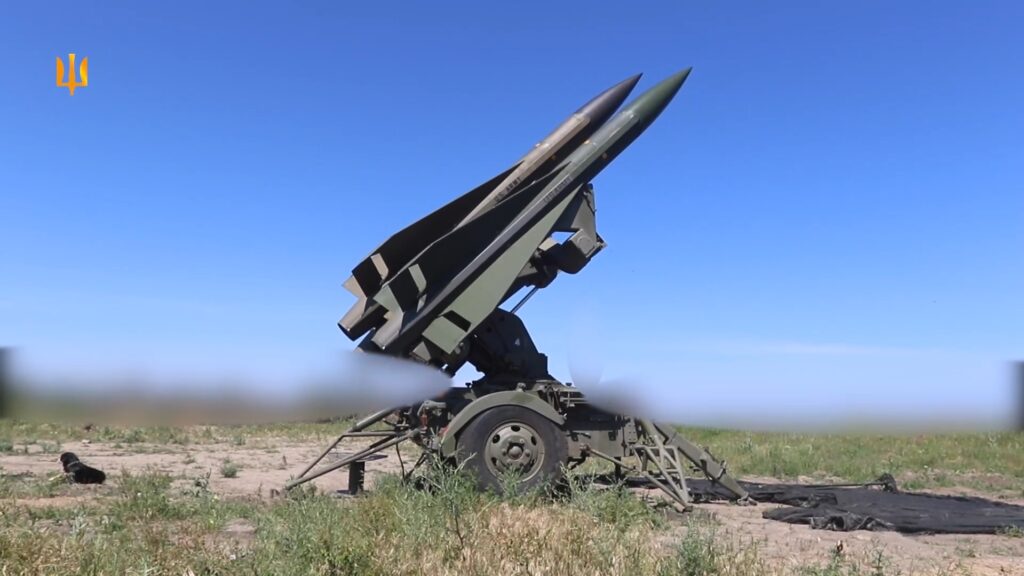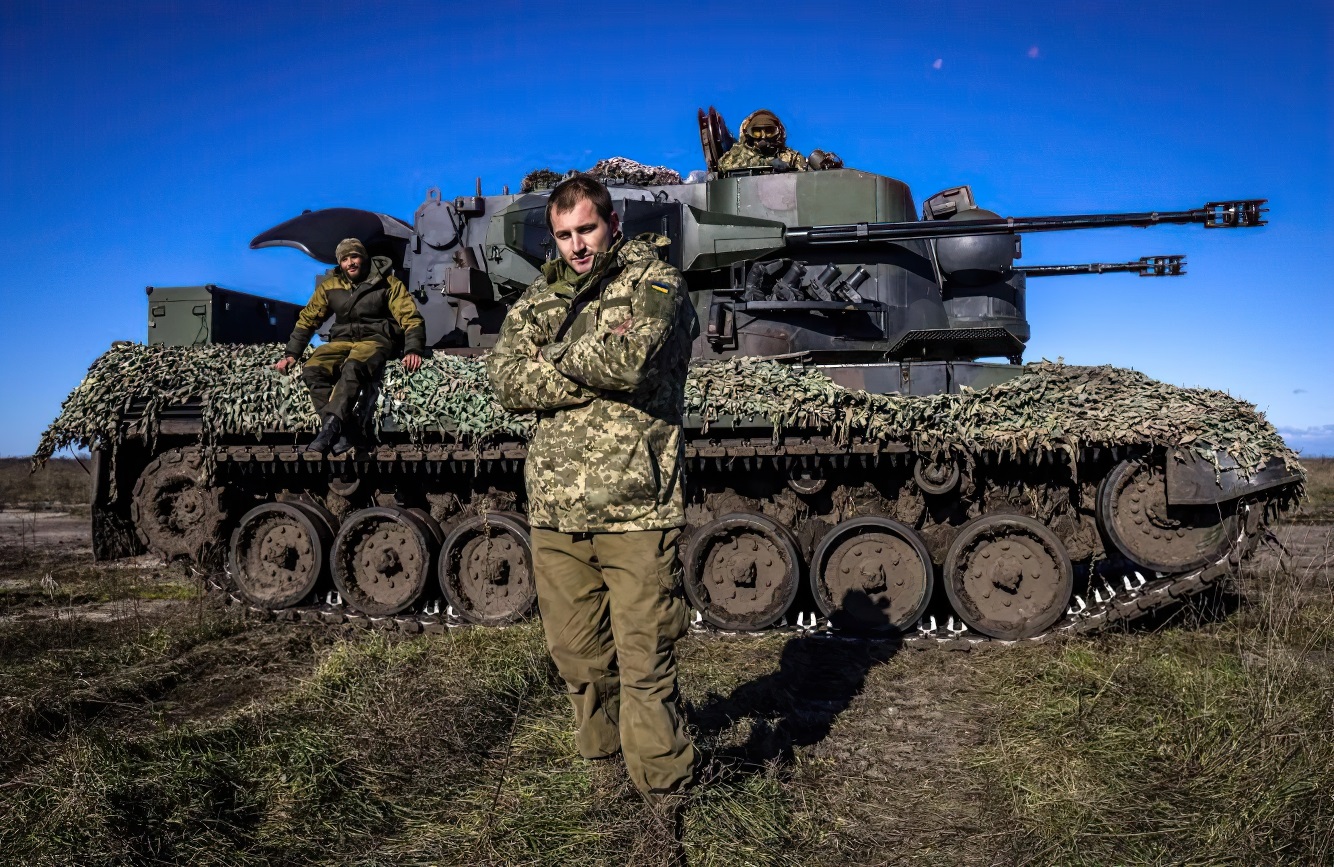Deep in Oklahoma, America revives thousands of Cold War missiles—Ukraine’s cities depend on them

The Ukrainian government will spend $172 million buying vehicles, parts, training, maintenance and other services for the Ukrainian air force’s US-made Hawk air-defense batteries.
“This proposed sale will support the foreign policy goals and national security objectives of the United States by improving the ability of Ukraine to provide for its own defense,” the State Department noted.
The Hawk is becoming one of the most important air-defense weapons in Ukraine’s arsenal. Not because it’s particularly new: the Homing All the Way Killer missile dates from the late 1950s, making it a full generation older than Ukraine’s best air-defenses, its US-made Patriots.
No, the Hawk best attributes are its simplicity, reliability and—most importantly—abundance. A new facility in the US state of Oklahoma has been refurbishing thousands of the Hawk system’s 5-m missiles.
The Hawk is a medium-range surface-to-air missile. Each missile, fired by a three-round launcher, ranges around 48 km. The missile homes in on energy from a ground-based radar reflecting from the airborne target. The Ukrainian air force cited “experts” claiming the Hawk is 85% accurate, which is consistent with much newer missiles.
As a bonus, newer versions of the Hawk could be compatible with another, more modern missile system that Ukraine also uses: the US-Norwegian National Advanced Surface-to-Air Missile System, or NASAMS.
Norwegian firm Kongsberg—builder of the NASAMS—has developed a new digital command post for Hawk batteries that borrows its main components from NASAMS. That raises the possibility that the Ukrainian air force might, with some effort, be able to combine its NASAMS and Hawk batteries into a single force using the same radars and command posts.

Medium-range stalwart
The Hawk was NATO’s standard medium-range SAM for decades until the advent—in the 1980s—of the Patriot, which ranges three times as far and boasts a much more sophisticated seeker. Raytheon manufactured many thousands of Hawk missiles. Decades later, many of those missiles are still sitting around in various military warehouses all over the world.
Given the dire shortage of Patriot missiles—Lockheed Martin produces no more than 600 a year for all the dozens of countries that use them—those old Hawk missiles have become a priceless commodity. So far, Spain, The Netherlands and the United States, possibly with a little help from Taiwan, have donated enough radars and launchers for Ukraine to deploy maybe four batteries, each with multiple radars and launchers.
But a new US Army facility in Oklahoma, officially opened in February, is gathering up, reconditioning and possibly upgrading thousands of old missiles for those four batteries.

The Army had already inspected 2,751 missiles from US stockpiles by the time the new Theater Readiness Monitoring Facility opened, “a monumental achievement that underscores the scale of the operation,” according to the ground combat branch.
Hundreds more missiles were inbound from Ukraine’s foreign allies. “In addition to servicing missiles from the US, the new facility has also received 825 missiles and other equipment donations from six countries, further demonstrating the global importance of the Hawk system in air defense,” the Army stated.
It’s possible, even likely, that most of those missiles have made their way to Ukraine. The recent US sale of Hawk equipment to Ukraine is just the latest in a series of US-Ukrainian deals associated with the missile system.
Of all the many diverse American and European air-defense systems Ukraine uses to defend its cities, the Hawk batteries might have the most ammunition. How many more missiles the Oklahoma facility can find for Ukrainian batteries is unclear. But it’s worth noting Raytheon built 40,000 of the missiles—and only a few countries have ever used them in anger. Ukraine being the latest.




